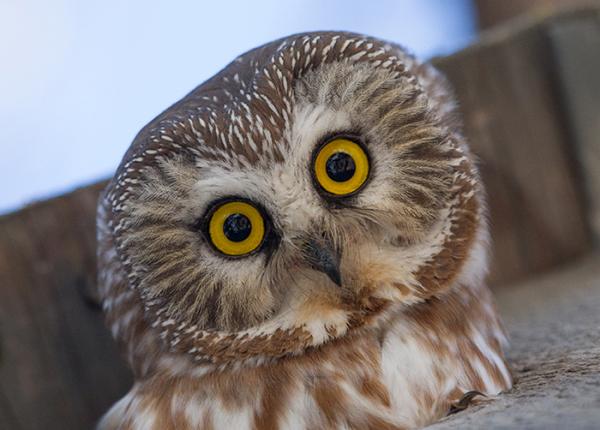From NY Historical Museum
Flaco the Eurasian eagle-owl captured the hearts of New Yorkers from the moment he escaped the Central Park Zoo until his death in February 2024. Many saw him as a symbol of freedom and, given the odds of survival stacked against him, as a true New Yorker embodying pluck and resilience. The Year of Flaco looks back at the year the raptor took to Manhattan’s skies, learned to hunt, and peered into apartment windows.
In addition to photographs and video, this exhibition features letters, drawings, and objects left at a memorial beneath Flaco’s favorite oak tree. It also examines the dangers faced by birds in the urban environment, the legislation inspired by Flaco’s death, and what we can do to be better neighbors to the animals in our midst. A special related installation in the Audubon’s Birds of America Focus Gallery showcases owls, primarily those found in New York.
I’m going to have to try to get to see this. If you’ll be in NYC from Feb 7 - June 6, you can see some of the tributes to the owl that captivated the country with its bittersweet journey.
I do hope they put a statue of him by his favorite roosting tree in Central Park as many have asked for. We could also ban the second-generation rat poison that killed him, but the statue is probably more likely as it’s the lesser of two inconveniences.


From NY Times